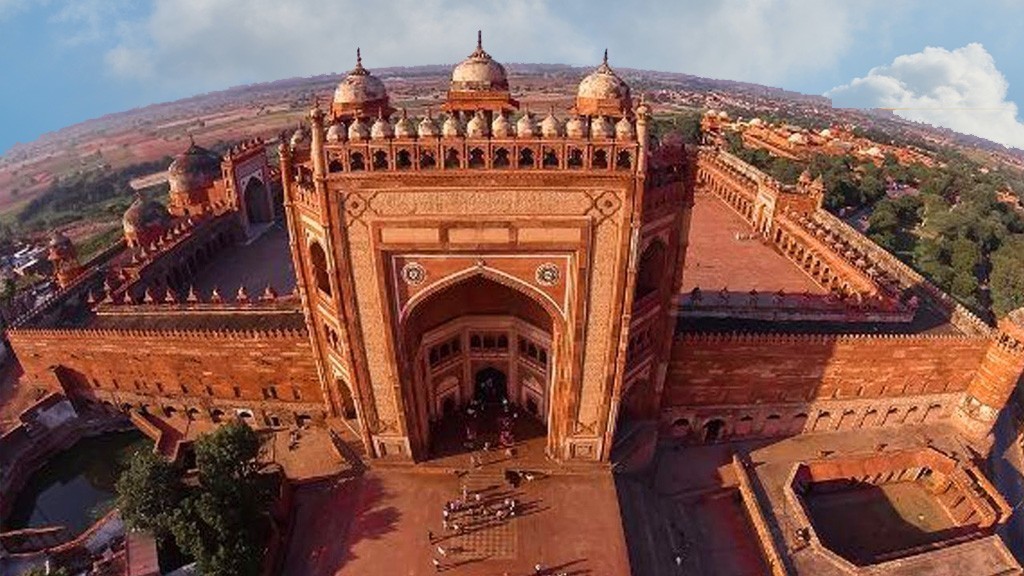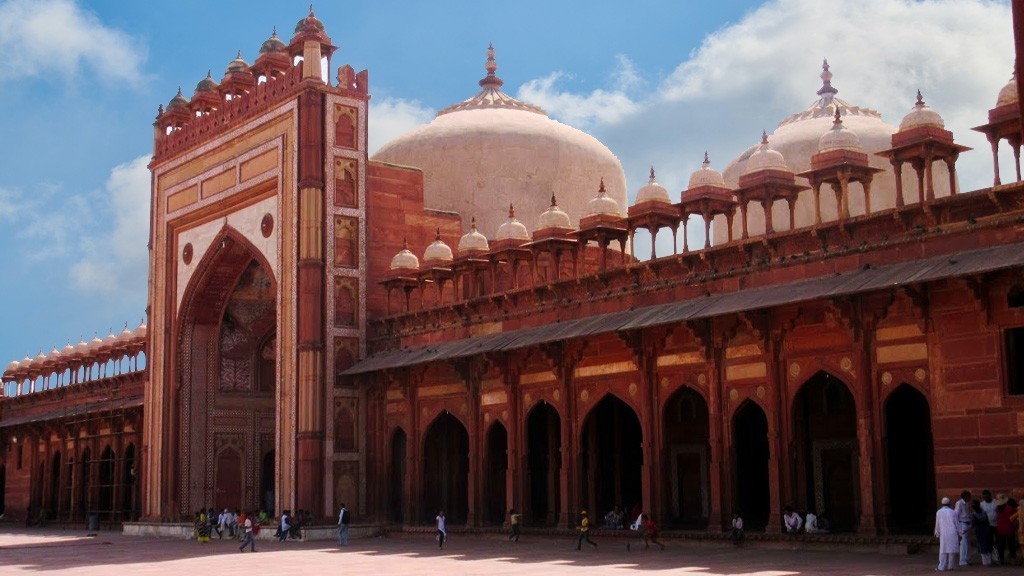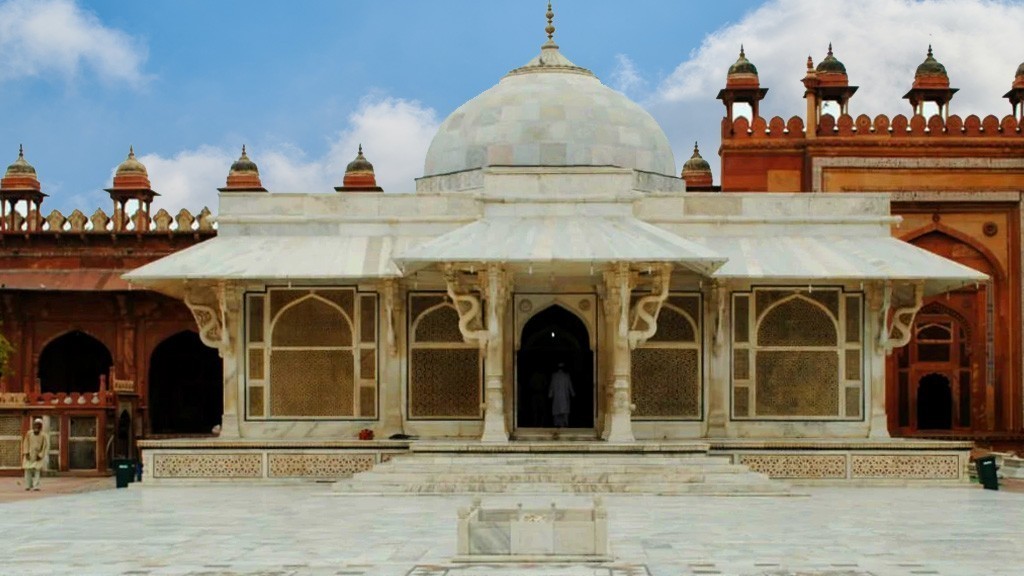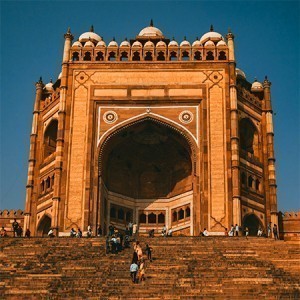Leave a Comment
Privacy Overview
This website uses cookies so that we can provide you with the best user experience possible. Cookie information is stored in your browser and performs functions such as recognising you when you return to our website and helping our team to understand which sections of the website you find most interesting and useful.
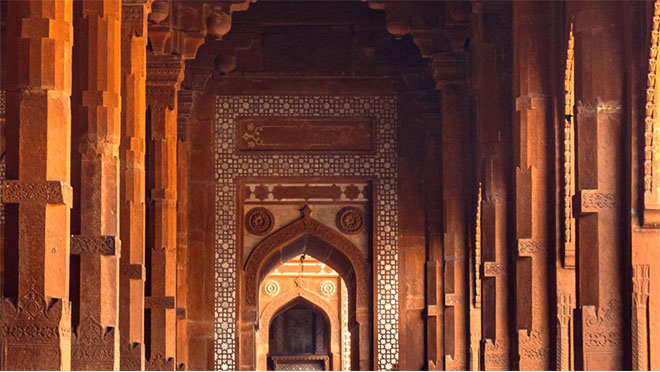
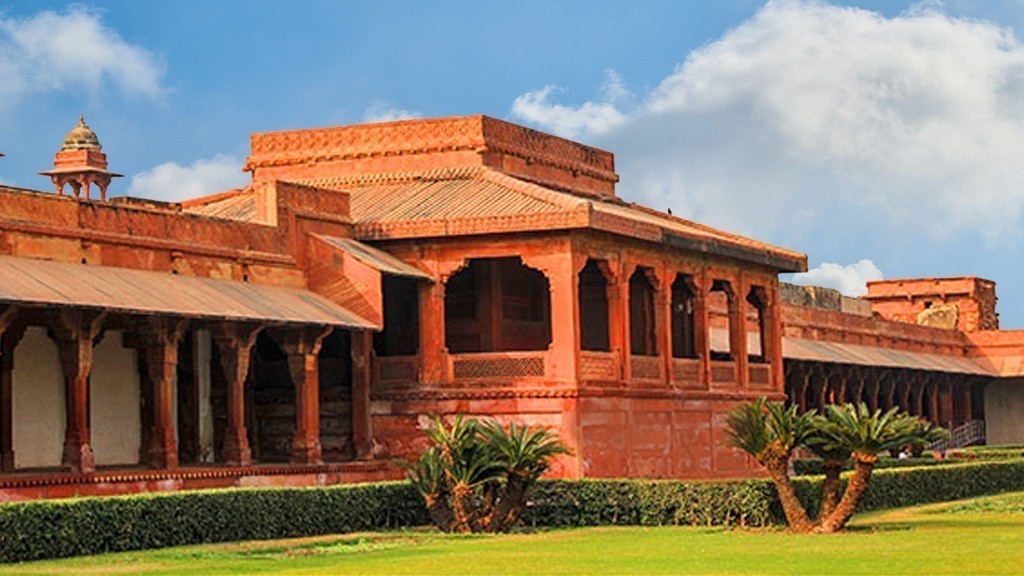
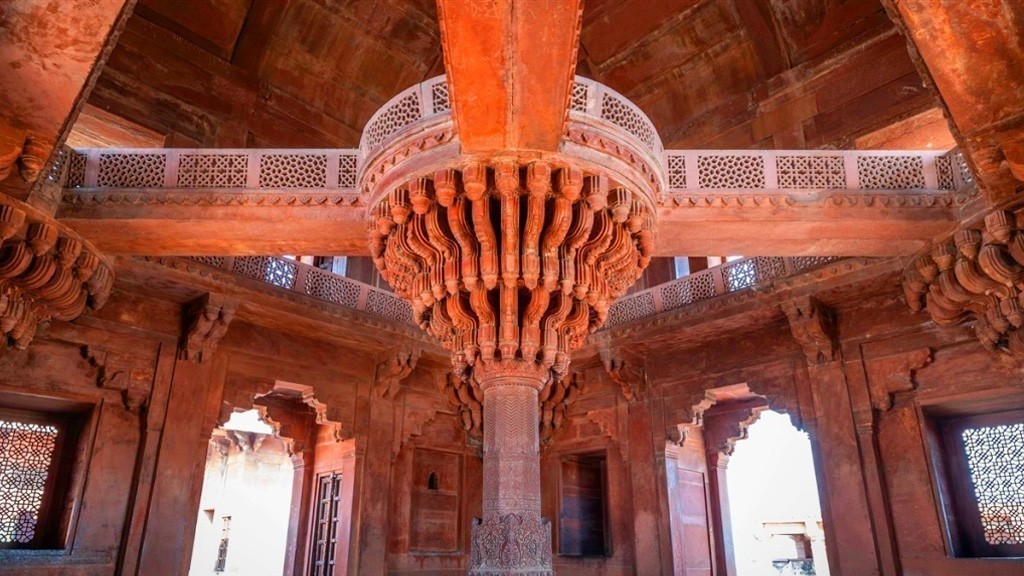
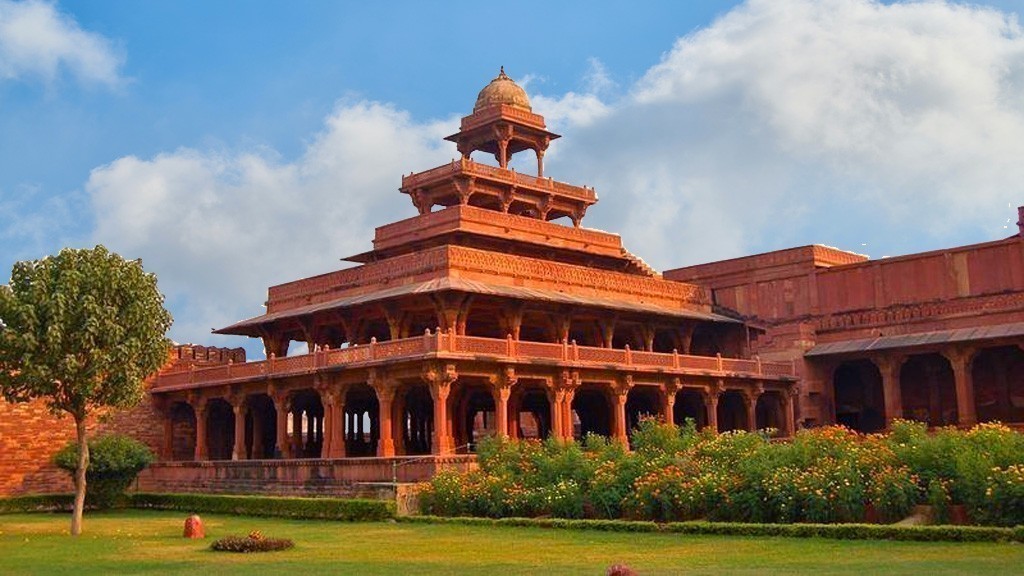
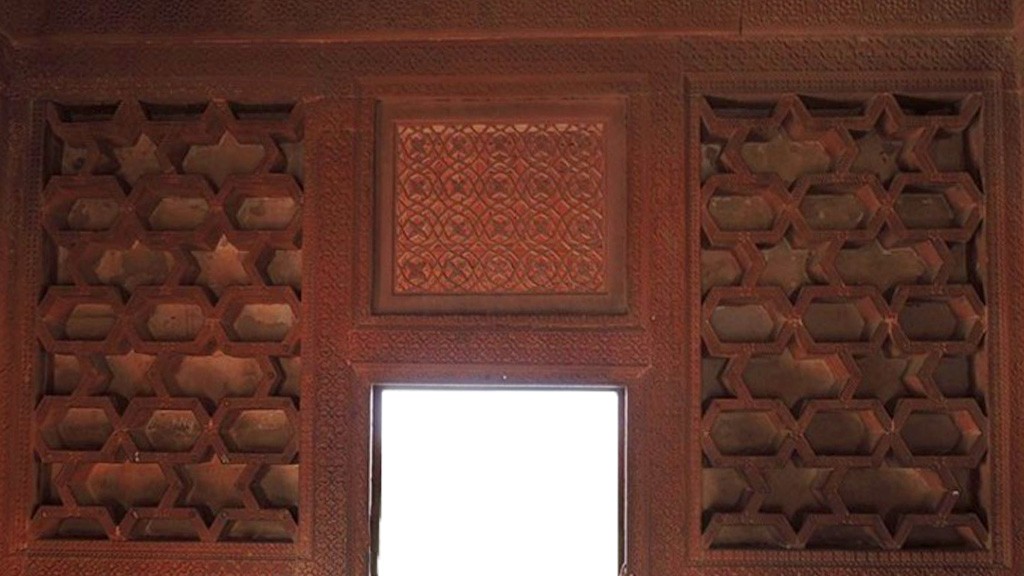
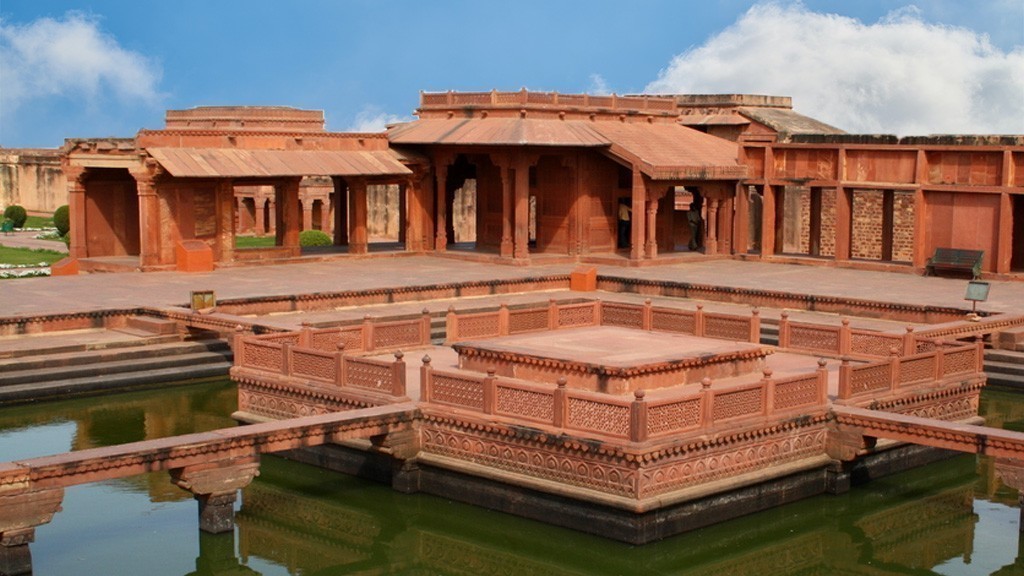
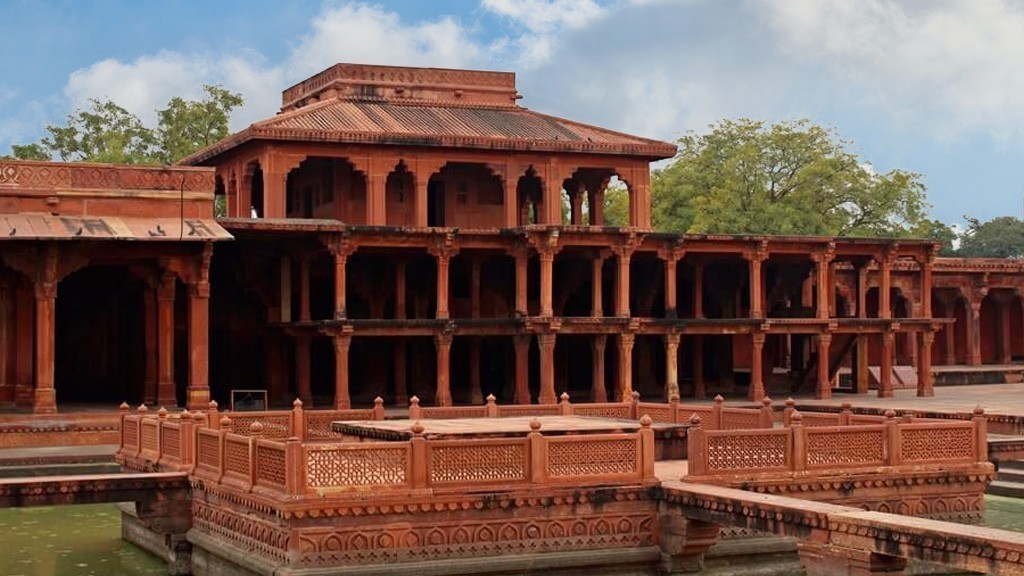
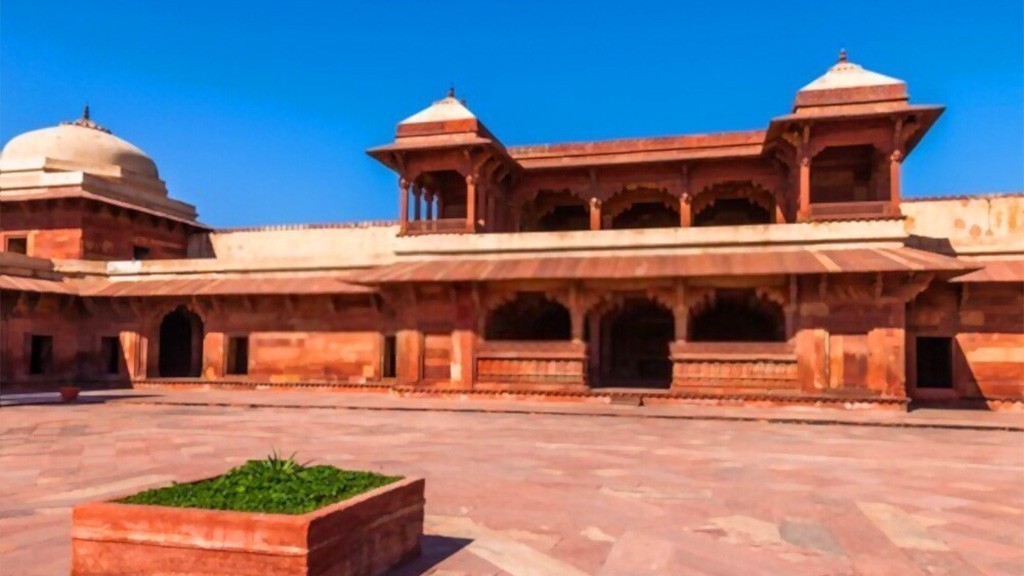
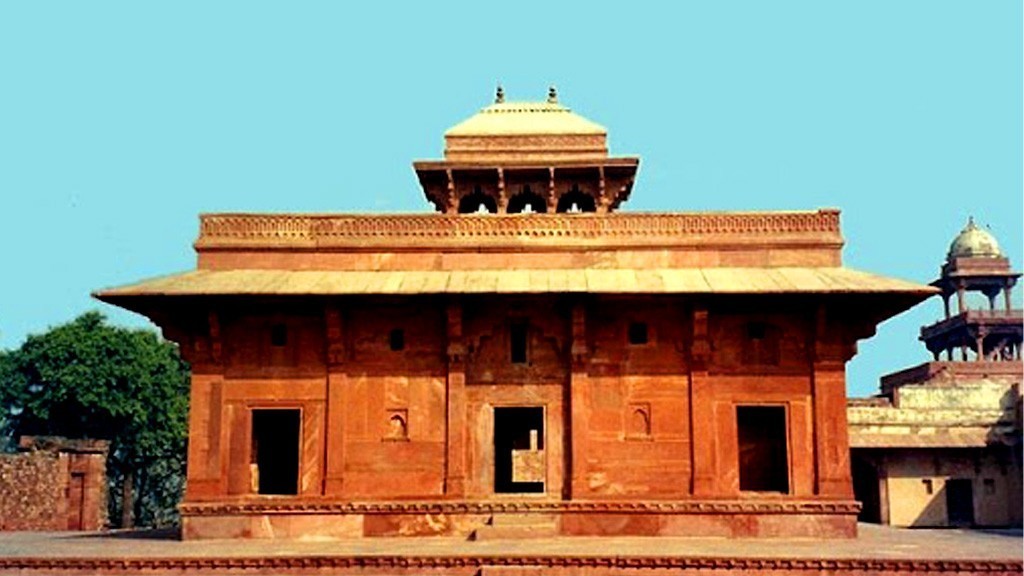
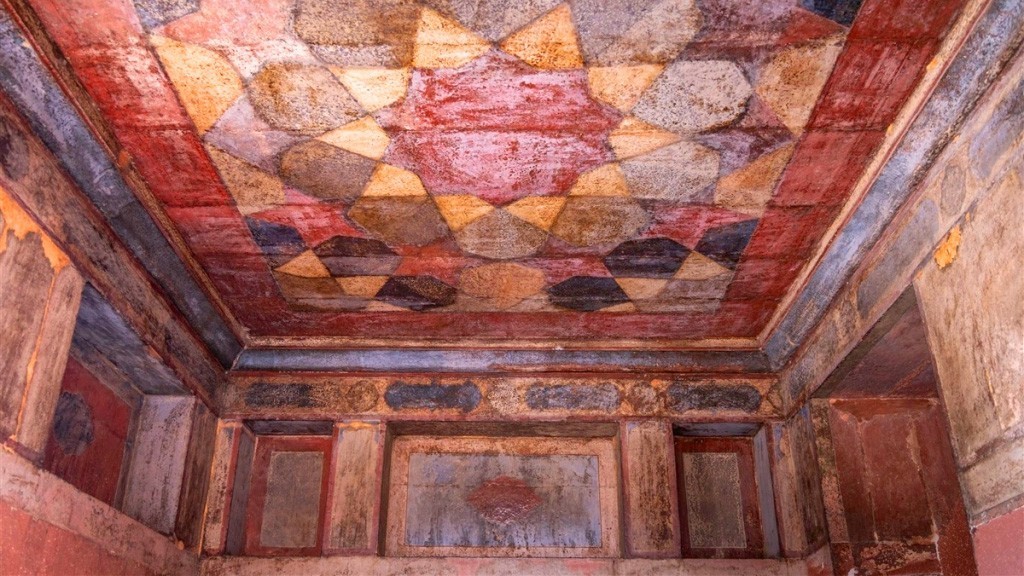
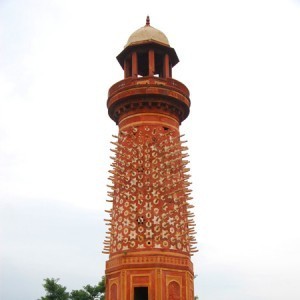 Hiran Minar is located outside the Royal haram complex. One can say that it was the watchtower. For security, they always built a watchtower to see all around. The height of the tower is around 21 meters. On the top, there is one cupola. If we see the tower, you will find the base of the tower is octagonal, and the rest is round. They used stars and hexagons along with elephants tusks to beautify it.
Hiran Minar is located outside the Royal haram complex. One can say that it was the watchtower. For security, they always built a watchtower to see all around. The height of the tower is around 21 meters. On the top, there is one cupola. If we see the tower, you will find the base of the tower is octagonal, and the rest is round. They used stars and hexagons along with elephants tusks to beautify it.